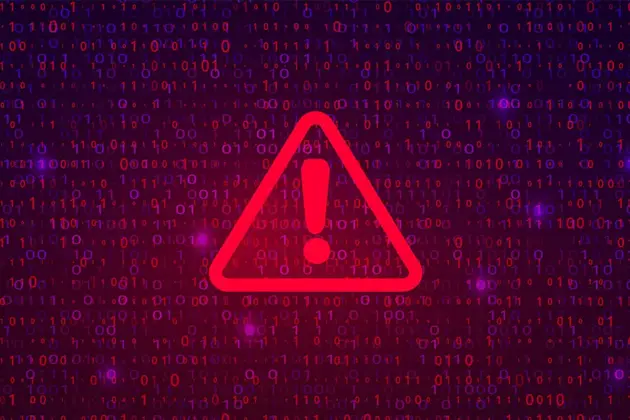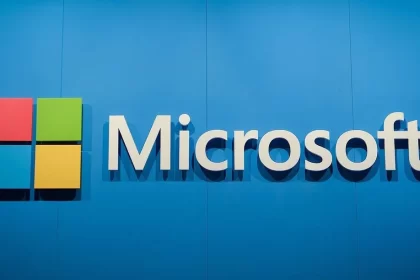Risks in Information Technology are the likelihood of threats or problems to cybersecurity. IT experts strive to ensure security while collecting, storing, regulating, and sharing information across systems and devices. Information revolving across multiple devices is prone to cyber threats and should be kept safe with proper risk management activities.
What is IT Security?
IT Security or Information Technology Security is the process of safeguarding organizational IT assets and information, such as systems, digital devices, computers, data, and others. Unauthorized access, data leakage, cyberattacks, and various malicious activities are the biggest threats to IT security. Technologies and effective security solutions are employed to address vulnerabilities across systems, computers, servers, network webs, software applications, and databases. Cloud security, network security, and others are some examples of digital security, and ID cards, locks, and surveillance cameras are considered physical security measures.
Risk Management
The scope of risk management is widespread. From risk identification to risk combating, risk management practice is adopted by organizations to be prepared for any potential risk or to prevent any risk from occurring. Effective risk management requires a comprehensive risk management framework that can overcome hurdles before it affects organizational growth. The role of IT security risk management in safeguarding IT assets and data can now be discussed to understand how it works.
IT Security Risk Management
Information security management deals with the issues associated with the application and use of Information technology. The main goal of the process is to address risks depending on the risk tolerance level of any IT firm and maximize that tolerance level to make the organization risk-ready. Information security risk management (ISRM) is carried out through a step-wise process. ISRM stages are as follows-
Stage 1: Risk Determination
Risk identification is the very first stage of a comprehensive risk management framework. In identifying vulnerabilities, organizations must assess the safety and integrity of their most impactful assets to identify loopholes existence. While assessing the safety and integrity of the assets, risk managers must look for vulnerabilities and threats that could influence that integrity or safety.
Stage 2: Assessing the Risks
Risk evaluation helps in determining the probability and impact of identified vulnerabilities and threats on IT operations. Risks can be assessed by multiplying the likelihood score with the impact score to determine how threatening the risks can be for the organization. Risk values are rated on a scale of either 1-3 or 0-5 and severity as Low, Medium, and High. Depending on the severity level, strategies are devised to manage them effectively.
Stage 3: Risk Strategies
Risk management strategies encompass the selection of effective options to address identified risks. Risks can be managed through remediation, mitigation, risk transfer, risk acceptance, and avoidance. Applying risk control resolves vulnerabilities by working as a remediation.
Mitigation strategies can be deployed to lessen the impact or probability. Risks with low severity can be ignored by accepting that fixing the risk could incur more costs. Organizations often transfer risks to other entities to recover from the consequences. Risks can also be avoided by removing the risk exposures.
Stage 4: Determining Risk Owners
Risks should be addressed strategically and systematically, and this cannot be possible without having a risk management team and stakeholders who are allocated specific tasks. An IT security risk management plan can only be executed if tasks are delegated to different risk owners, such as process owners and risk owners.
Stage 5: Risk Communication Strategies
Risk strategies should be communicated to organizational members to make them aware of potential impacts and how they should be addressed or may not be addressed. With a comprehensive risk communication plan, they can be better managed.
IT security risk management is an evolving process, and IT risk managers must keep on bringing changes in the control plan to ensure they are advanced and address changing and complex risks effectively. A well-assessed risk is likely to be well-mitigated. With advanced technologies and control solutions in place, IT security risks can be ruled out within a blink of an eye.










